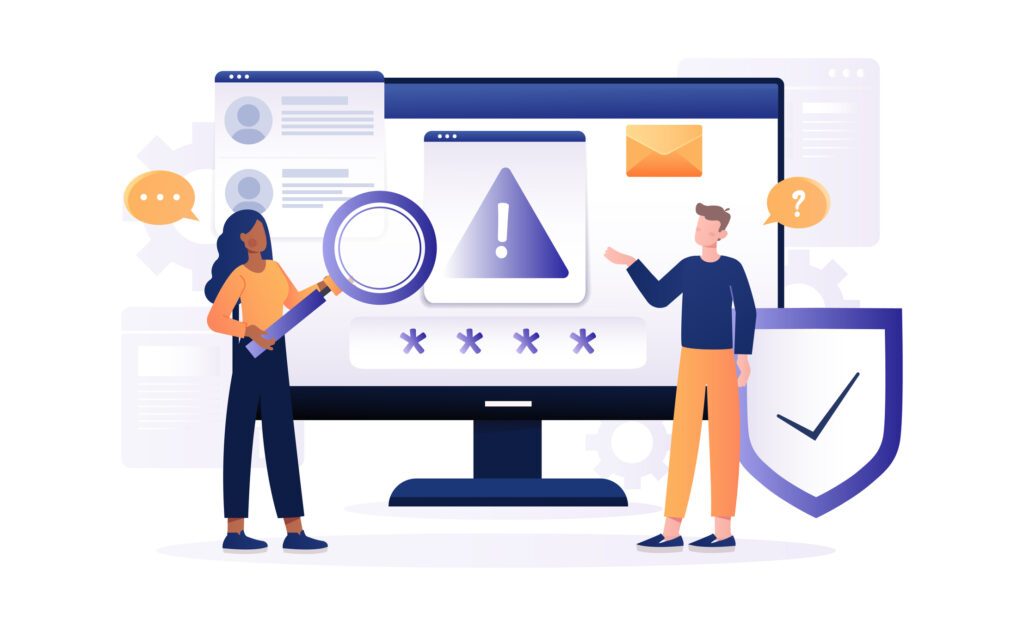Close
Close
Gap Analysis is a methodical approach organizations use to compare their current performance with their desired or required performance. This process is especially relevant in compliance, standards, and laws, where organizations must meet specific benchmarks or regulatory requirements to operate effectively, avoid legal repercussions, and maintain their reputation.

Relevance to Compliance, Standards, and Laws:
Referring to Each Compliance, Gap Analysis
Provides:
Next Steps After Conducting a Gap Analysis:
In summary, Gap Analysis is a strategic tool that allows
organizations to understand where they stand regarding compliance, standards,
and laws and to take informed steps toward bridging those gaps, ensuring they
operate effectively, ethically, and legally.